Sookmyung Women's University Chung Young Yang Embroidery Museum (숙명여자대학교 정영양자수박물관 (서울))
3.7Km 2019-11-15
100, Cheongpa-ro 47-gil, Yongsan-gu, Seoul
+82-2-710-9134
Chung Young Yang Embroidery Museum was founded in May 2004 to enhance public awareness and appreciation of embroidery art with ample facilities including exhibition hall, library, conservation center, learning center, embroidery study room, education and research rooms. The museum emphasizes on the variety of textiles and embroidery and also features collections from various Northeast Asian countries. The Chung Young Yang Embroidery Museum stresses the importance of embroidery as an evolving form of art through changes in technology, social and cultural environment. In addition, the learning center also aims to become a learning center for scholarship in embroidery and other textile arts that can be appreciated by a wide audience.
Seoureseo Duljjaero Jalhaneunjip (서울서둘째로잘하는집)
3.8Km 2024-03-15
122-1 Samcheong-ro, Jongno-gu, Seoul
+82-2-734-5302
Seoureseo Duljjaero Jalhaneunjip is a sweet red bean porridge and traditional tea house near Gyeongbokgung Palace. Sweet red bean porridge is a sweet and smooth dish typically containing chewy rice cakes and chestnuts. In Korea, it's a traditional food eaten during dongji (the shortest day and longest night of the year). They also offer traditional teas like ssanghwatang (herbal tonic tea), which contains seven medicinal herbs, sujeonggwa (cinnamon punch) with a blend of cinnamon and ginger flavors, and sikhye (sweet rice punch), a drink known for aiding digestion.
The Picker (더피커)
3.8Km 2024-01-05
9 Wangsimni-ro 14-gil, Seongdong-gu, Seoul
The Picker is Korea's first zero-waste shop that opened in 2016, and has a sophisticated and comfortable atmosphere. The shop is filled with eco-friendly bathroom products, gardening products, kitchen products, stationery, and more. It is fun to look around as it has many products essential to everyday life made from very environmentally friendly materials such as bamboo toothbrushes, solid perfume, shampoo bars, plastic-free corn floss, natural surfactants like soapnut fruits, and glass and silicone straws.
Doseong (도성)
3.8Km 2021-03-26
15, Jahamun-ro 7-gil, Jongno-gu, Seoul
+82-2-738-8885
Sujebi jjambbong (Korean spicy seafood noodle soup with hand-pulled dough) is also a popular menu. This restaurant's signature menu is noodles in black bean sauce. This Korean dishes restaurant is located in Jongno-gu, Seoul.
D MUSEUM Seongsu (디뮤지엄 성수)
3.8Km 2023-11-06
83-21, Wangsimni-ro, Seongdong-gu, Seoul
+82-2-6233-7200
D MUSEUM greets the general public with its catchphrase, “an art museum where daily life becomes art.” In 2021, the museum relocated to the area near Seoul Forest Park, so that it could accommodate more visitors in its space. The museum not only hosts exhibitions by prominent photographers like Nick Knight (NICK KNIGHT: IMAGE, 2016) and Linda McCartney (Linda McCartney Retrospective, 2014) but also leads the efforts to promote awareness among the general public through invitational exhibitions featuring up-and-coming artists. Its relocation to Seoul Forest Park was marked by the special exhibition “Romantic Days,” which garnered much interest among the visitors as a chance to meet the works of artists born in the ‘80s and the ‘90s.
Owl Museum (부엉이박물관)
3.8Km 2022-09-19
143, Bukchon-ro, Jongno-gu, Seoul
+82-2-3210-2902
The Owl Museum is filled with over 2,000 pieces of owl-themed arts and crafts collected from all over the world by the owner. Renovated from a house, the museum has a feel of an antique café as the owner offers a cup of coffee or tea to visitors. Located near the city, those interested in owls should stop for a view and a drink. Various stories of how the collection was gathered as well as information on owls are also interesting.
Seoul Yangnyeongsi Market (서울 약령시장)
3.8Km 2021-06-09
10, Yangnyeongjungang-ro, Dongdaemun-gu, Seoul
+82-2-969-4793
"Yangnyeongsi," which literally means medicine city district, refers to a central Oriental medicine district formed near major cities where medicinal herbs are collected and produced. Yangneongsi were first established by royal order during the Joseon dynasty for the purpose of effective production, distribution and management of medicinal products and herbs.
Seoul Yangnyeongsi Market history is relatively short, having formed naturally in the mid-1960s by medicinal herb merchants who gathered here seeking to sell their products with the city bus terminal and Cheongnyangni Station as their central base. Originally, these merchants came to Seoul through the old Seongdong Station and Chyeongnyangni Station after the Korean War, seeking to sell medicinal herbs and vegetation products that were cultivated and collected in the Gyeonggi-do and Gwangwon-do regions. This small market that was once open on an empty plot of land was later authorized as an official market establishment. Road and railroad developments between Gangwon-do and Seoul were followed and by the 1970s, the market grew into what is now seen today. The name Seoul Yangnyeongsi Market was given by the Seoul mayor in 1995.
Velvet Moon (벨벳문)
3.8Km 2021-03-26
39, Jahamun-ro 5-gil, Jongno-gu, Seoul
+82-10-4028-9957
This coffee shop roasts coffee beans directly. This Korean dishes restaurant is located in Jongno-gu, Seoul. The most famous menu is espresso.
GOGHI (고희)
3.8Km 2021-03-26
17, Jahamun-ro 12-gil, Jongno-gu, Seoul
+82-2-734-4907
A good café to have a meal as it has a brunch menu as well as drinks. This cafe is located in Jongno-gu, Seoul. The representative menu is americano.
Vestis - Gyeongbokgung Branch [Tax Refund Shop] (베스티스 경복궁)
3.8Km 2024-04-18
1F, 17, Jahamun-ro 12-gil, Jongno-gu, Seoul
-
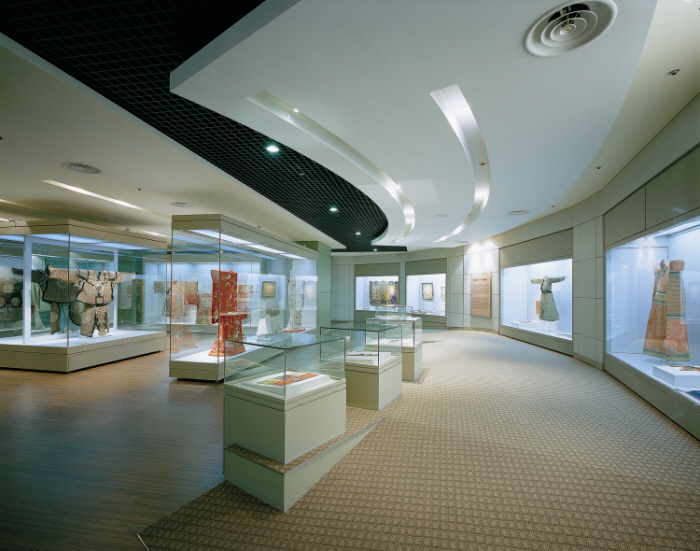
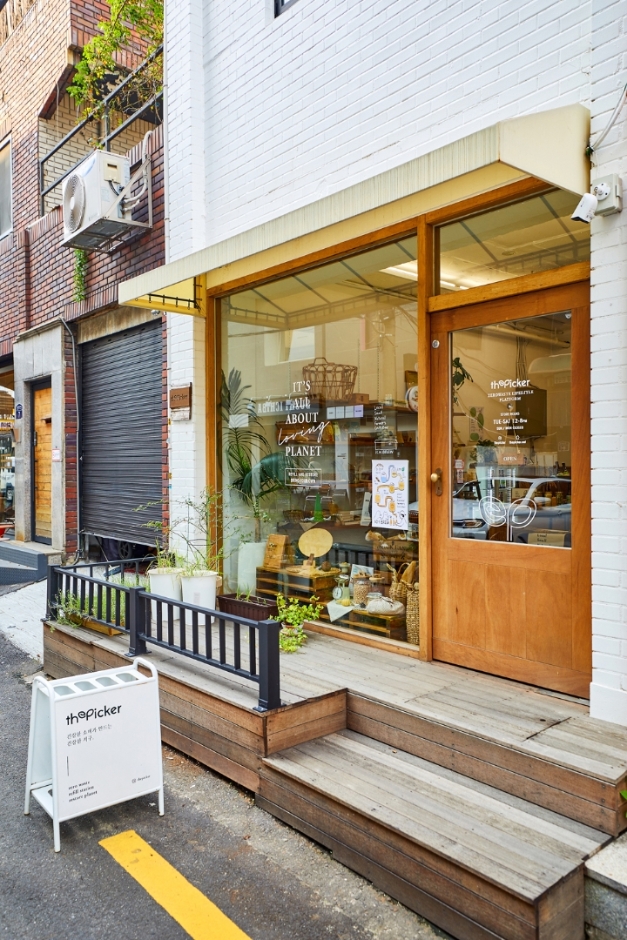
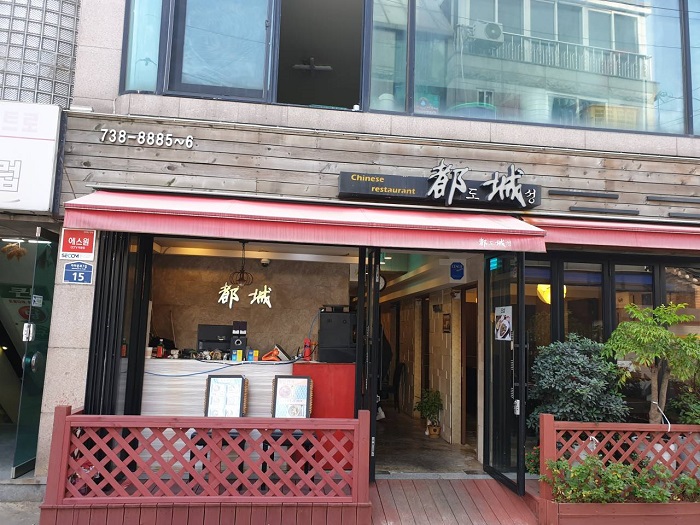
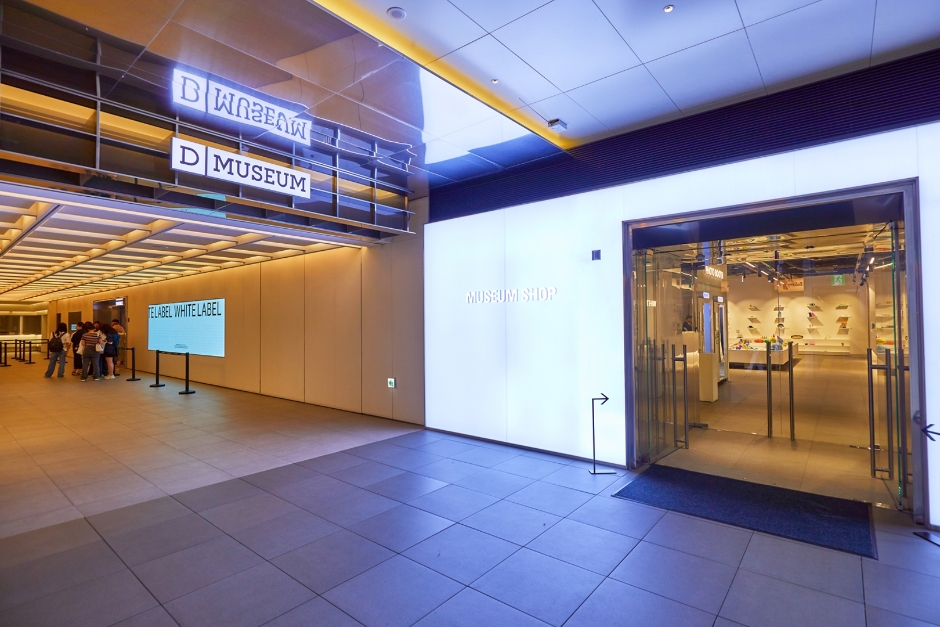
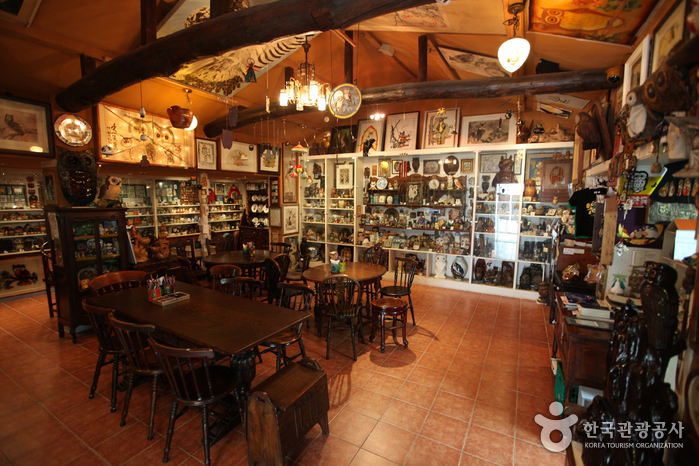

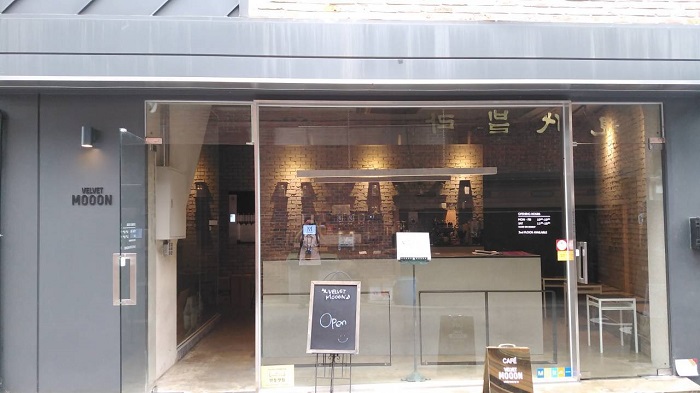
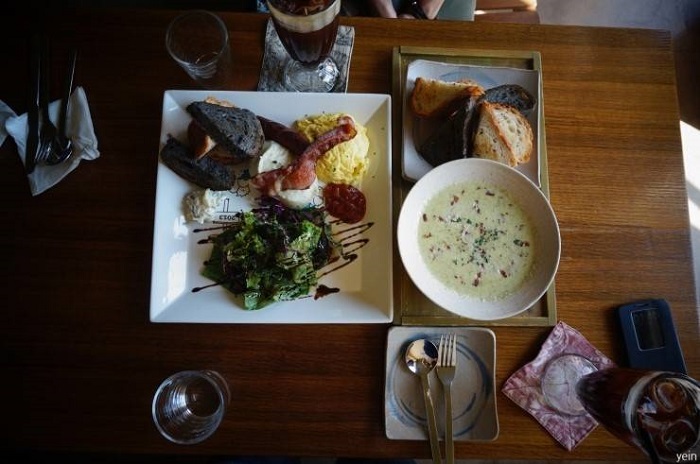
 English
English
 한국어
한국어 日本語
日本語 中文(简体)
中文(简体) Deutsch
Deutsch Français
Français Español
Español Русский
Русский